Bored of the Musée du Louvre? First of all, how dare you, but if you truly cannot stand to look at another
dour-faced Flemish figure or gold haloed Madonna and surly child, then be sure to mozy through le Marais or up
the auburn-flecked canal to la Villette and Pantin to observe more late 19th and 20th century Parisian (and
American) art in an artistically verbose variety of settings.
1. “Surrealism” Centre Pompidou (4/9/24 - 13/01/24)
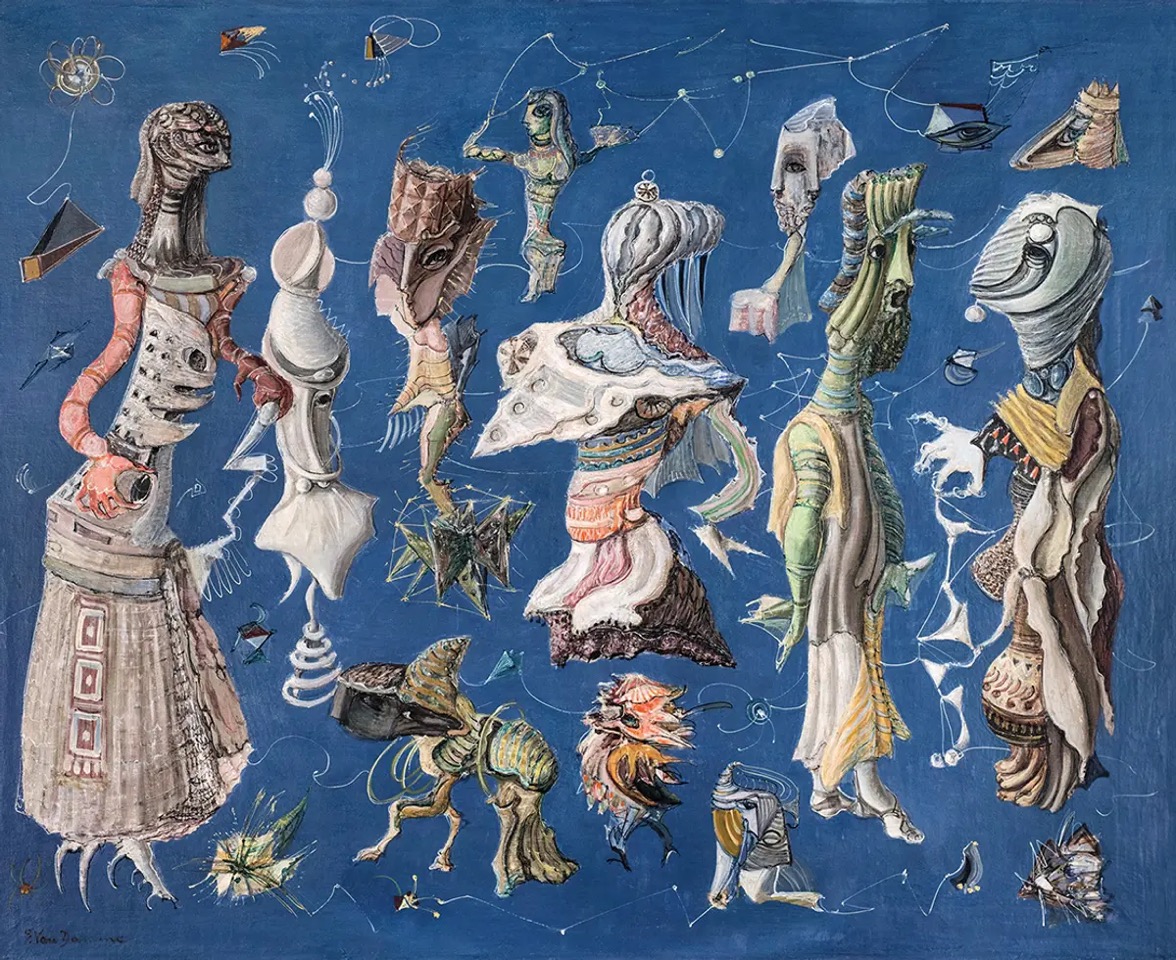 Image courtesy of the Art Newspaper
Image courtesy of the Art Newspaper
The "Surrealism" exhibition, designed like a labyrinth, offers a unique exploration of the extraordinary
creative energy that fueled the Surrealist movement, which began in 1924 with the release of André Breton’s
groundbreaking Manifesto. The exhibition features a diverse collection of paintings, drawings, films,
photographs, and literary documents, showcasing works by iconic Surrealist artists such as Salvador Dalí, René
Magritte, Giorgio de Chirico, Max Ernst, and Joan Miró, alongside those of female Surrealists like Leonora
Carrington, Ithell Colquhoun, and Dora Maar.
Organized both chronologically and thematically, the exhibition is divided into 14 sections, highlighting the
literary figures (Lautréamont, Lewis Carroll, Sade, and others) who inspired the movement, as well as the poetic
concepts that shaped its imagery, including the artist as a medium, dreams, the philosopher’s stone, and the
forest.
At the heart of the exhibit lies a central space containing the original manuscript of the Manifesto, an
extraordinary loan from the National Library of France. This unique document is accompanied by a multimedia
presentation that offers insight into its creation and significance.
Place Georges Pompidou
75004, Paris
France
2. “Caillebotte Painting Men,” Musée d’Orsay ( 08/10/24 - 19/01/24)
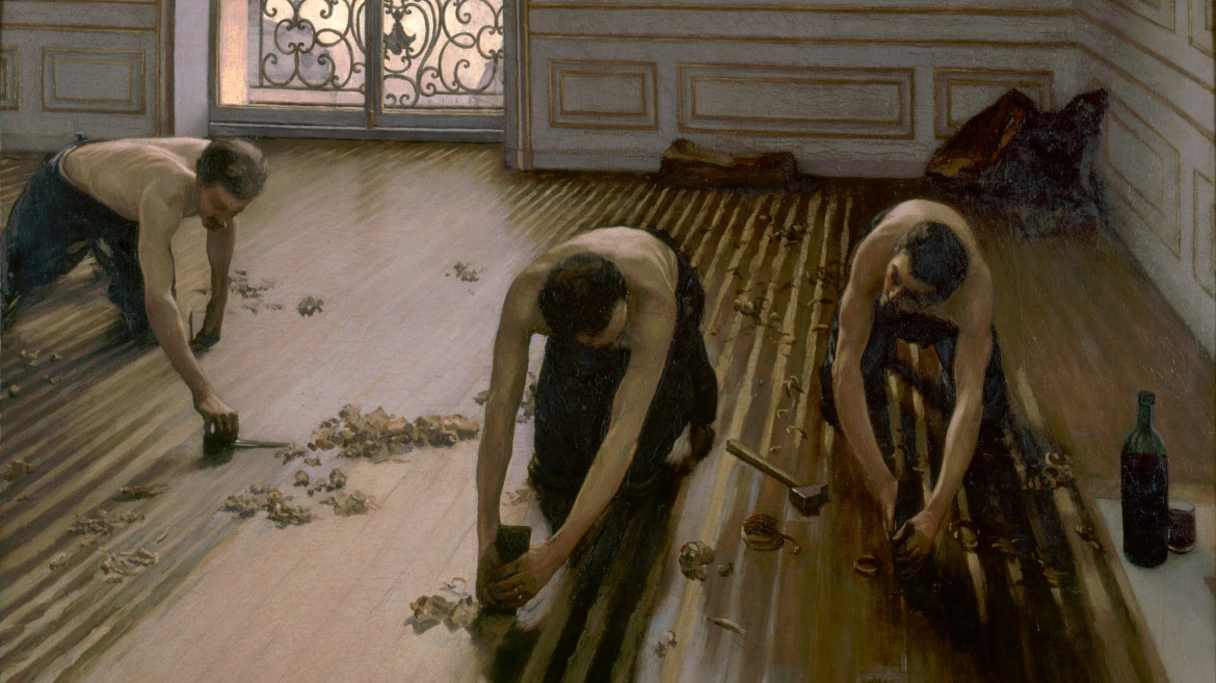 Image courtesy of Musée d’Orsay
Image courtesy of Musée d’Orsay
Though Gustave Caillebotte is by no means obscure within the pantheon of Impressionism, there has been
insufficient attention paid to a particular theme threaded through his more personal work, that of homosociality
(according to the curators) that is perhaps more accurately expressed as homoeroticism. This exposition is set
to open in early October 2024, and will express his devotional consideration of the male body, a radical
departure from objectification of the almost exclusively nude feminine, and a precursor to the anatomical beauty
enunciated by photographer Robert Mapplethorpe.
Caillebotte’s work moreover adheres to the emerging presence and imperative of analyzing the urban environment
of Paris, a hallmark of Impressionism. As such, his figures consist of city workers, men adrift on balconies,
athletes, and men in repose or engaging in the intimacy of le quotidien. Through these revolutionary portraits,
Caillebotte challenged overwhelming notions of virile masculinity and societal stations during a century of
heightened gendered oppression and scrutiny. This exploration, not only examines Caillebotte’s identity as a
wealthy and inveterate Parisian bachelor but also invites interrogation of 19th century masculinity and its
expression.
Esplanade Valéry
Giscard d’Estaing
75007, Paris
France
3. “JACKSON POLLOCK : LES PREMIÈRES ANNÉES (1934-1947)” Musée Picasso (15 October 2024 to 19 January
2025)
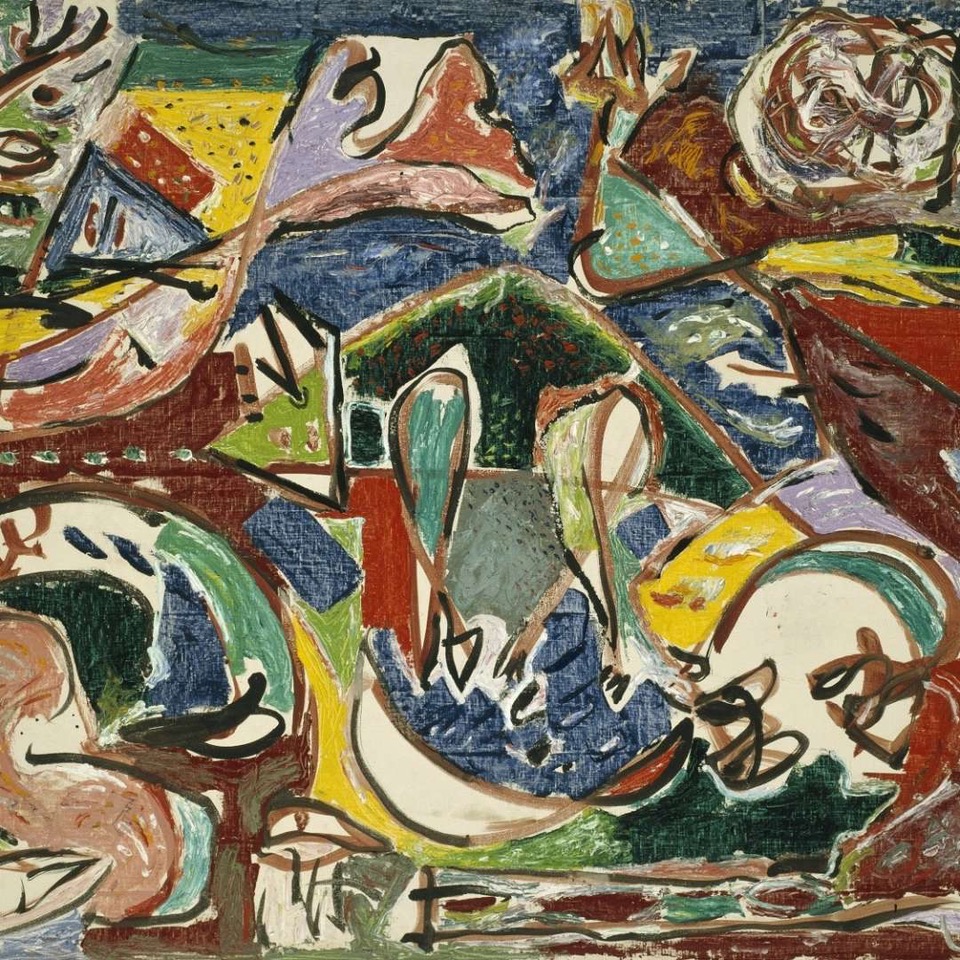 Image courtesy of Visit Paris Region
Image courtesy of Visit Paris Region
Returning to France for the first time since 2008 is the instantly-recognizable work of Jackson Pollock, one of
the many jagged faces of mid-20th century abstract expressionism. Running from October 15th 2024 to January 19th
2025, the Musée Picasso will present a redesigned, temporary exhibition dedicated to the artist’s early works
spanning from 1934 to 1947. Correspondingly, the exhibition revisits Pollock's formative years, showcasing his
myriad influences from Mexican muralists and European avant-gardes, one of which includes the namesake of the
museum. While Pollock quickly rose to prominence as a major figure in American painting, he was somewhat
isolated from the complex network of influence exchanges that characterized his New York years. This exhibition
aims to analyze this crucial period, presenting the rich artistic and intellectual milieu that shaped his later
work.
The exhibition highlights several pivotal moments in Pollock's artistic and intellectual journey during these
experimental years. It features key figures in his career, such as Charles Pollock, William Baziotes, his
infinitely more talented partner Lee Krasner, André Masson, Pablo Picasso, and Janet Sobel. Through these
connections, the exhibition illuminates the depth and uniqueness of Pollock's work across various dimensions,
including painting, materials experimentation, printmaking, and sculpture.
5 Rue Thorigny
75003, Paris
France
4. “Expanded Horizons: American Art in the 1970s,” Thaddeus Ropac, 21/09/24 - 29/01/25 (at Paris Pantin)
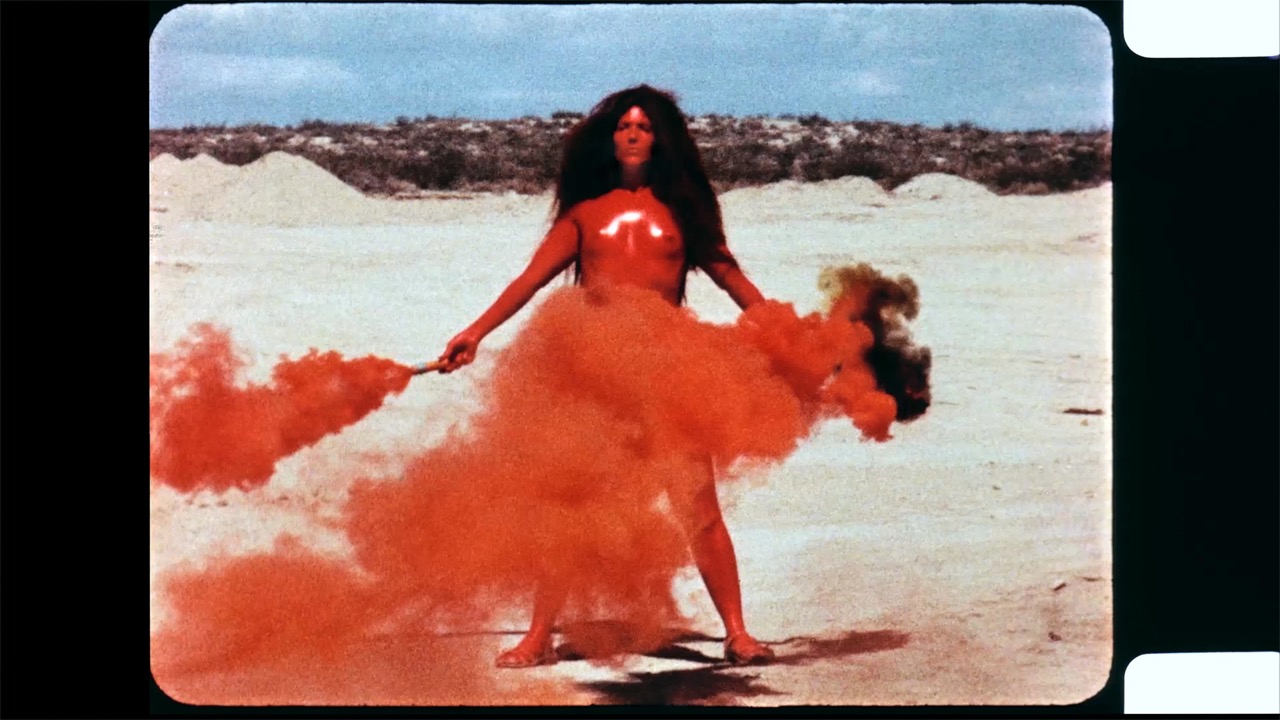 Image courtesy of Thaddeus Ropac
Image courtesy of Thaddeus Ropac
Featuring key works from 21 of the most influential American artists of the 1970s, the exhibition Expanded Horizons: American Art in the 70s explores the transformative artistic innovations of this crucial decade. Hosted at Thaddaeus Ropac Paris Pantin, this landmark exhibition showcases how artists challenged prevailing notions of art through radical approaches to materials, engagement with physical space, and reflection on sociopolitical issues. By placing these works in dialogue with one another, the exhibition illustrates how these trailblazing artists dismantled traditional art practices, contributing to what art historian Rosalind E. Krauss describes as the emergence of ‘the expanded field of postmodernism.’
69 Avenue du Général Leclerc
Fr-93500 Pantin
France
5. “Pierre Soulages/John Chamberlain,” Galerie Karsten Grève (14/09/24 - 24/12/24)
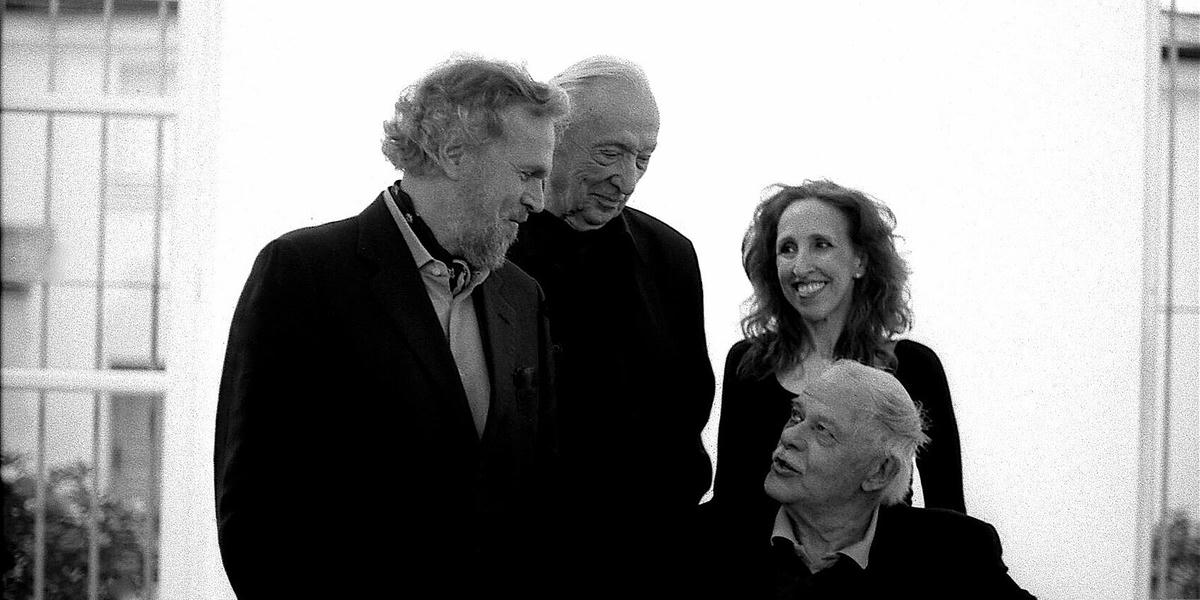 Image courtesy of Artfacts
Image courtesy of Artfacts
If you’re looking for a more laid back exploration of form, function, and figure, venture to Galerie Karsten Grève neighbouring the Thaddaeus Ropac, Paris IIIème location. Comprising the minimalist monolithic work of French painter Pierre Soulages and a handful of vibrant and violent sculptures from his contemporary, the American sculptor John Chamberlain, the exposition strikes a tone of severe contrasts. From the brutalism of Chamberlain mirrored in the thickly layered silence of Soulages, the exposition reads, visually, like an e.e. Cummings' poem, all at once astonishingly beautiful, short, and ferocious.
Galerie Karsten Grève
5 Rue Debelleyme
75003, Paris
France